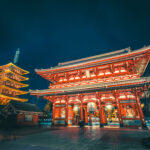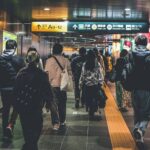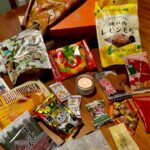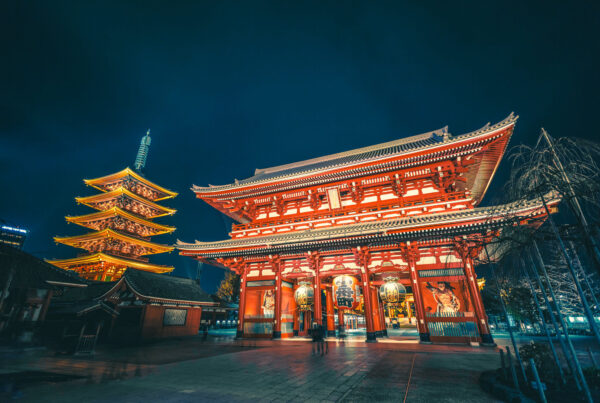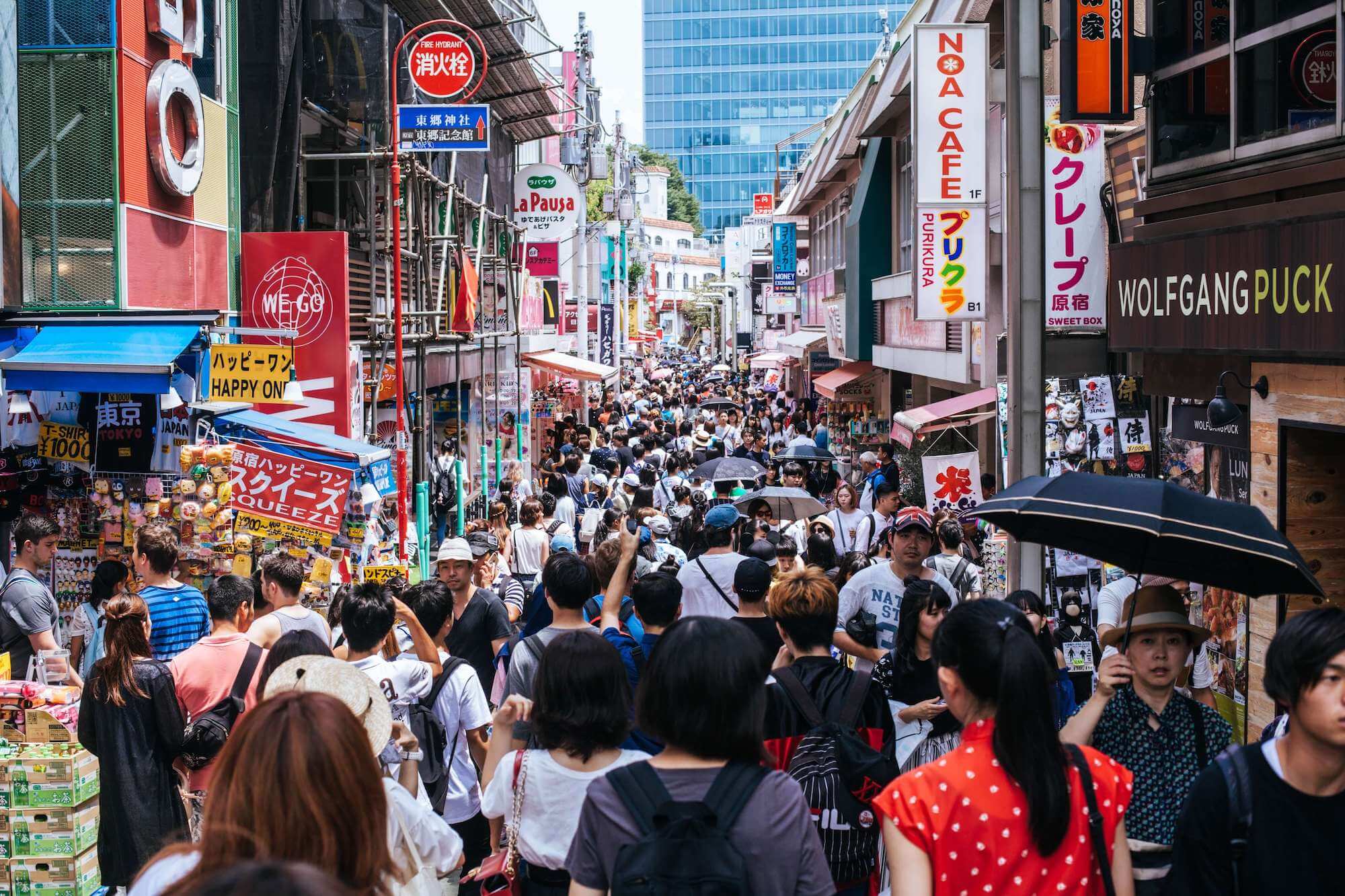The traditional Japanese tea ceremony symbolizes purity, harmony, tranquility, and respect. The origins of the Sado tea ceremony date back to the 14th century, the reign of the Muromachi period. The Japanese tea set for a tea ceremony consists of a ceramic teapot, hemispherical cups, a bamboo tea scoop, and a chasen whisk with a stand.

The tea ceremony in Japan became official in the 16th century through the efforts of master Sen no Rikyu. Let’s learn more about this intriguing ritual.
What is a Japanese Tea Ceremony
Tea ceremonies are common in the cities of Uji and Kyoto. If you want to get to a tea ceremony in Tokyo, explore the historic Asakusa district, or experience the tea ceremony in traditional parks. In everyday life, the Japanese also have a ritual drinking tea ceremony, for example, to celebrate the arrival of an important guest.
Tea aesthetics include strict conformity of the interior, dishes, dress (kimono), and tatami mats.
According to the Japanese tea ceremony etiquette there are certain times of the day:
- 11:00 a.m. to 12:00 p.m. – noon tea drinking, the most important;
- 6:00 am – morning, typical of summer;
- 4:00 p.m. – sunset, in the middle of winter;
- with the beginning of dusk – winter;
- ceremony of cares – to serve tea after a formal reception if the guest was unable to attend;
- tea ceremony time may not be regulated if guests arrive unannounced.
Japanese tea ceremony etiquette in Japanese culture has not changed for centuries. Food is brought first, after which everyone enjoys tea. The tea master rinses and wipes the tea whisk and tea bowl with water, pours three portions of powdered tea leaves per guest with a bamboo scoop, and pours hot water from the kettle with a ladle and gets a thick consistency of green tea.
Japanese Tea Ceremony Steps

Formal tea, also known as afternoon tea, is drunk from 11 to 12 noon. The Japanese tea ceremony begins with the gathering of guests in the waiting room. The tea master’s assistant, his right hand, escorts the guests to a Japanese garden, called the “dew point,” where they wait on a bench for the head of the house, the master of the tea ceremony. Tea culture implies that the master performs the ritual washing of hands and mouth, after which he bows to the guests. All participants wash their hands and mouths, and then enter the Japanese tea house, squatting down to enter the small door.
Inside, the basic tea ceremony steps take place:
- guests admire the paintings, the flower arrangements, the interior decorations in the room, the style and meaning of the hanging scroll with an aphorism on the theme of Japanese tea culture, and consider the tea utensils and hearth;
- participants are seated at the table;
- a meal is served on tea caddy – boiled rice, miso soup, pickled vegetables or fish; the dishes are eaten with chopsticks for 2-3 hours;
- the tea ritual includes a “first charcoal lighting” ceremony;
- Japanese sweets – rice cakes – are served;
- the tea house includes a waiting room, participants move there for a while;
- a ceremony of thick Japanese tea matcha – a common cup is passed around the circle, starting with the main guest, drunk in small sips;
- “second charcoal ignition”;
- thin tea prepared, in individual cups of tea – this symbolizes the end of the ceremony.
At the end, the tea masters receive praise for their art from the departing guests.


